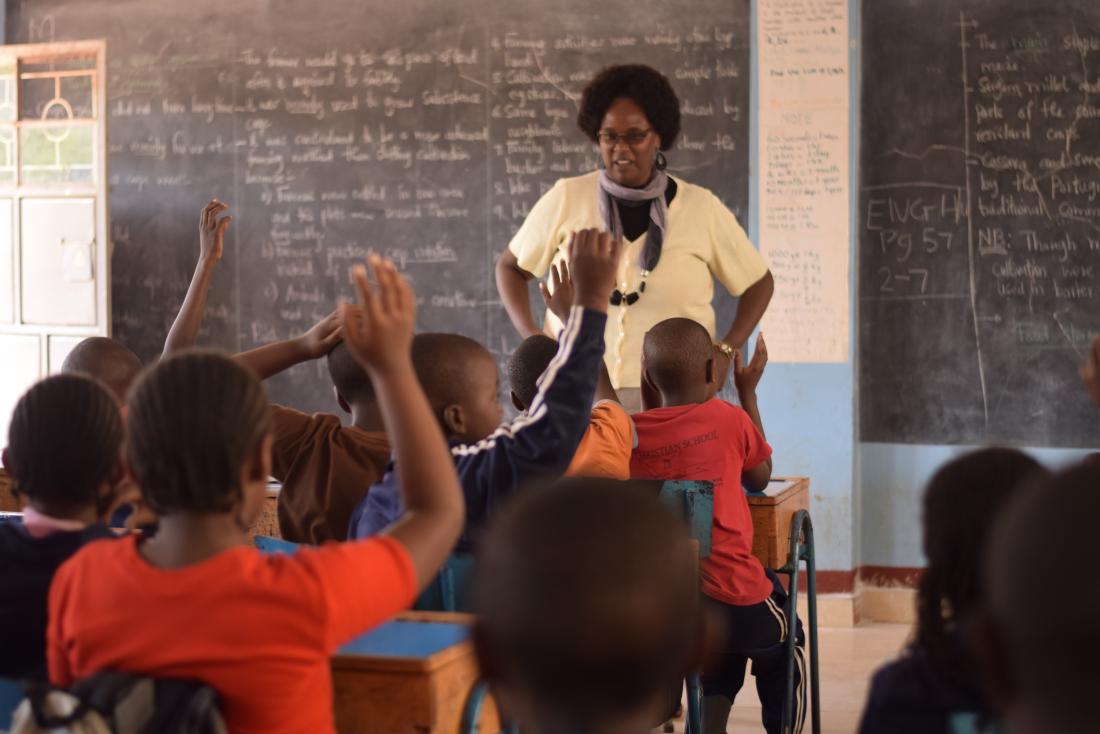The Illusion of Sustainability: Comparing Free Provision of Deworming Drugs and Other "Sustainable" Approaches in Kenya
- Children
- Deworming
- Information
- Social networks
This study in Kenya found that cost-sharing and health education were not effective alternatives to a total subsidy of deworming drugs.
Policy issue
Intestinal helminths—including hookworm, roundworm, schistosomiasis and whipworm—infect more than one in three people worldwide and at least 800 million of these are school-age children. Worms are believed to have a negative impact on child development, and can contribute to lower educational attainment and income later in life. Intestinal worms can be effectively treated with low-cost drugs, but treatment must be continued indefinitely to prevent re-infection. Finding sustainable approaches to providing deworming drugs is a pressing research question, as most deworming interventions are currently financed by external institutions. Practices such as health education or cost-sharing may be able to increase program sustainability, but there is little systematic evidence on this matter.
Context of the evaluation
Busia district is a poor and densely-settled farming region in western Kenya adjacent to Lake Victoria. This area has some of the country’s highest helminth infection rates; upwards of 90 percent of children aged 6-18 are infected. This is in part due to the area’s proximity to Lake Victoria—schistosomiasis is easily contracted through contact with the infected lake water. Other types of helminths can be transmitted through contact with or ingestion of fecal matter. This can occur, for example, if children do not have access to a latrine and instead defecate in the fields near their home or school, areas where they also play.
The prevention and treatment of infectious diseases such as worms is a priority for health officials, and more efficient and sustainable programs could enable the delivery of health care to a larger number of people. Advocates of improving sustainability concentrate on health education, community mobilization, and cost-recovery from program beneficiaries, to complement the more standard practice of subsidizing health products.

Details of the intervention
This study evaluated the Primary School Deworming Project (PSDP), which was carried out by NGO International Child Support in 75 schools, randomly divided into three groups (1, 2, and 3) and phased into treatment over several years. All schools with helminth prevalence over 50 percent were treated periodically with albendazole, as well as with praziquantel if the local prevalence of schistosomiasis was high enough.
Cost-Sharing: In 2001, 25 of the 50 Group 1 and Group 2 schools were randomly selected to pay user fees for deworming treatment. Two thirds of the schools participating in cost-sharing received albendazole at a cost of US$0.40 per family, and one third received both albendazole and praziquantel (depending on the local prevalence of schistosomiasis) at a cost of US$1.30 per family. The per family basis of the fee introduced within-school variation in the per-child cost of deworming, since households have different numbers of children.
Health Education: In addition to medicine, all treatment schools received regular public health lectures, wall charts on worm prevention, and training for two teachers from each school. The lectures and teacher training provided information on worm prevention behaviors—including washing hands before meals, wearing shoes, and not swimming in the lake.
Verbal Commitments: A verbal commitment "mobilization" intervention asked people to verbally commit in advance to adopt the deworming drugs.
Social Learning: A questionnaire was conducted in 2001 to test whether households with more “social links” to schools which received early treatment would be more likely to take deworming drugs. Respondents were asked about the friends and relatives they speak with most frequently about child health issues, and the degree of “linkage” to treatment schools was established on this basis.
Results and policy lessons
Cost-Sharing Intervention: The introduction of a small fee for deworming drugs led to an 80 percent reduction in treatment rates, consistent with the hypothesis that people have low private valuation for deworming. Take-up dropped sharply when going from a zero price to a positive price, but was not sensitive to the exact positive price level, suggesting that it may be counter-productive to charge small positive prices for the treatment of infectious diseases.
Health Education & Verbal Commitment Impact: An intensive school health education intervention had no impact on worm prevention behaviors. Child health is likely to be worsened to the extent that funds are diverted from medical treatment into health education in this setting. Asking people in advance whether they planned to take deworming drugs also had no impact on adoption.
Social Learning: Individuals in treatment schools who had more extensive social networks, and therefore presumably had more information about deworming drugs, were significantly less likely to consent to take the drugs. For each additional social link to a family that had already received treatment, a family’s child was 3.1 percentage points less likely to take the drugs, and these individuals were also more likely to believe the drugs are “not effective.” Negative social effects on take up are especially large for families with more knowledge about deworming, which may be due to overly optimistic prior beliefs about the net private benefits of the drug. A high proportion of deworming benefits flows not to the treated child or her family, but to others in the local community through positive externalities; the lower take-up among those with more deworming knowledge may reflect their understanding of this fact.
Overall, findings suggest that socially desirable health technologies with low private benefits may not spread on their own, due to low private estimations of the benefits that are reinforced through social networks.

